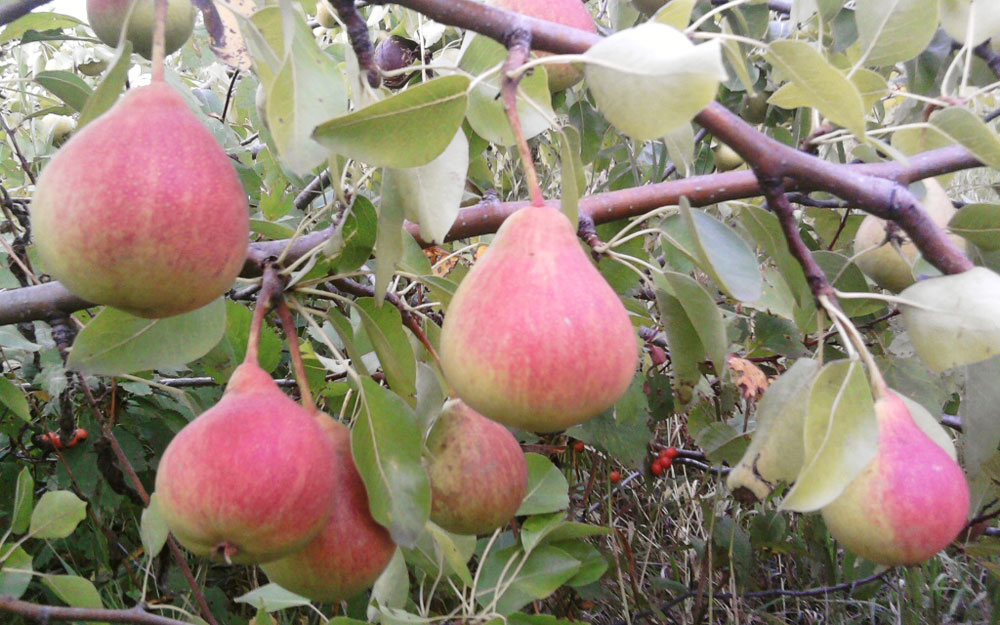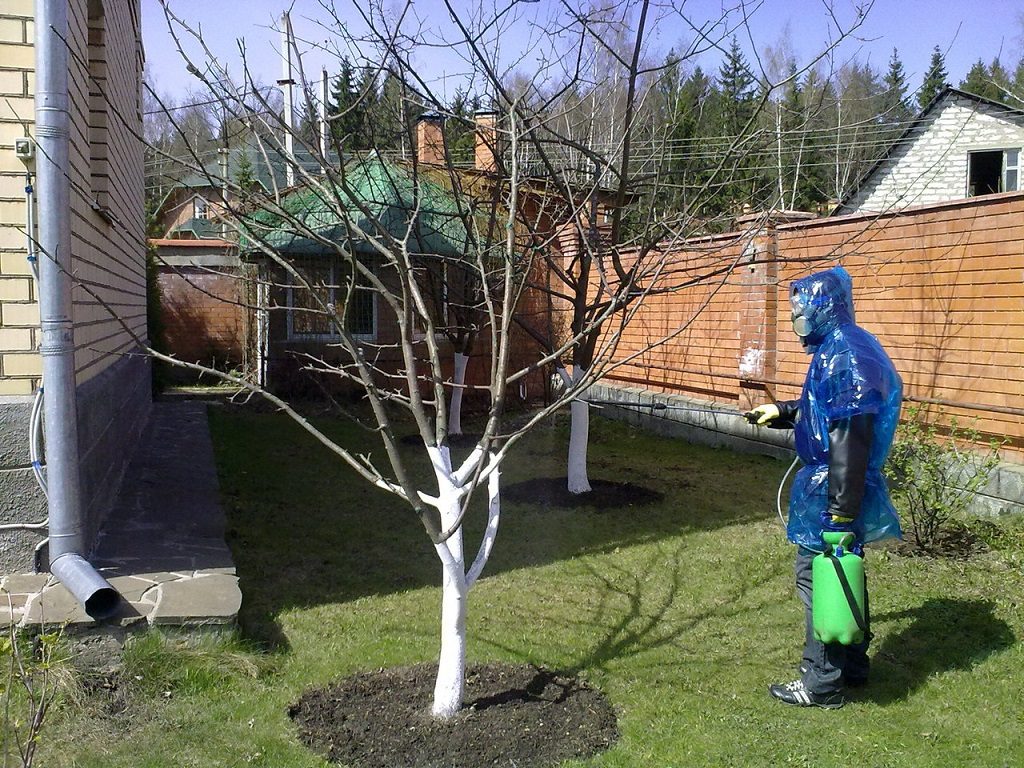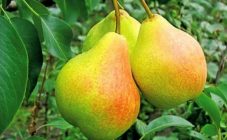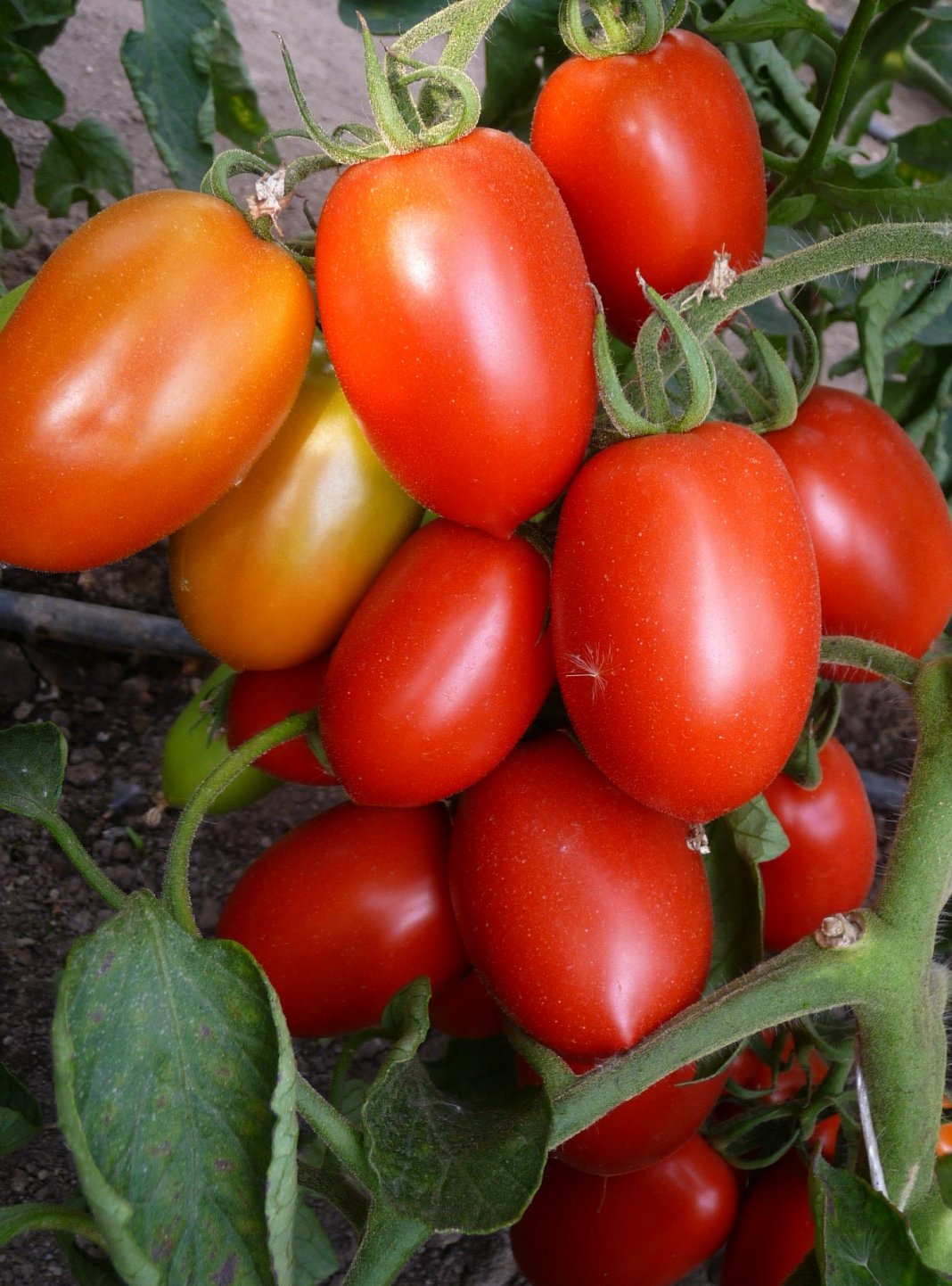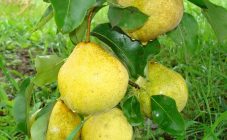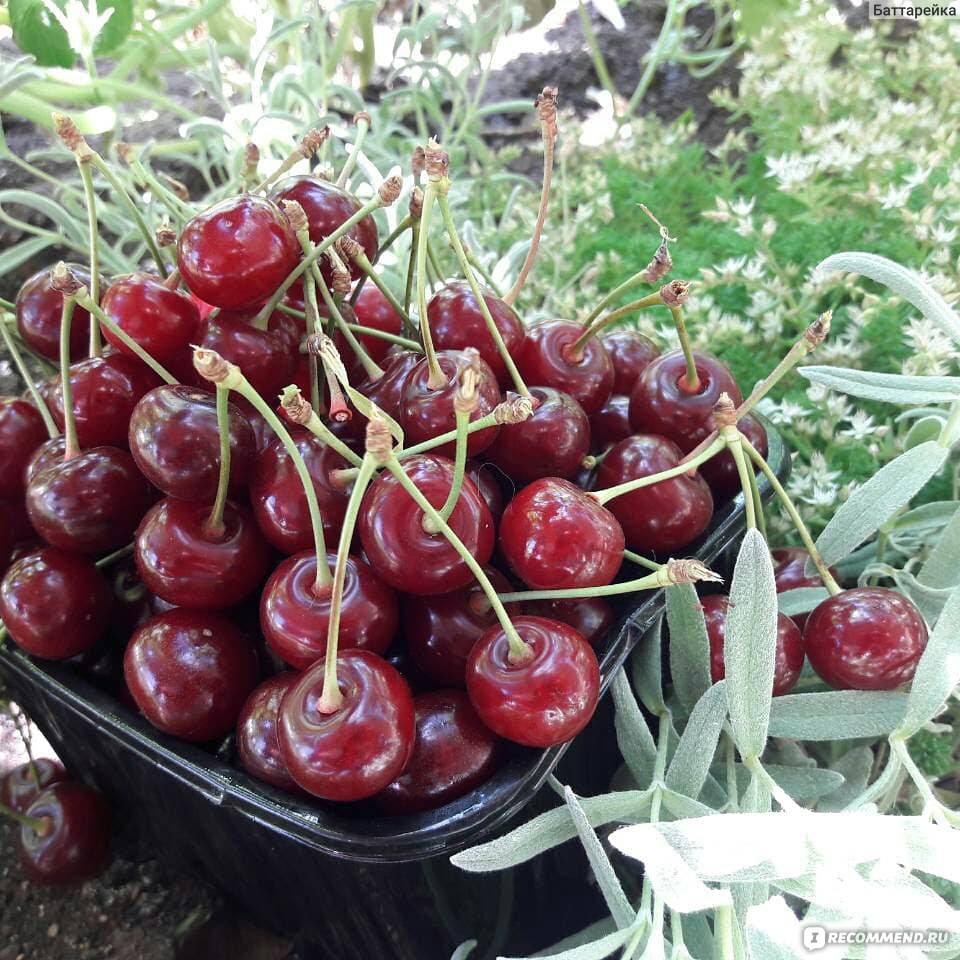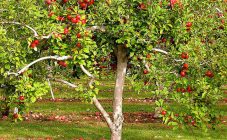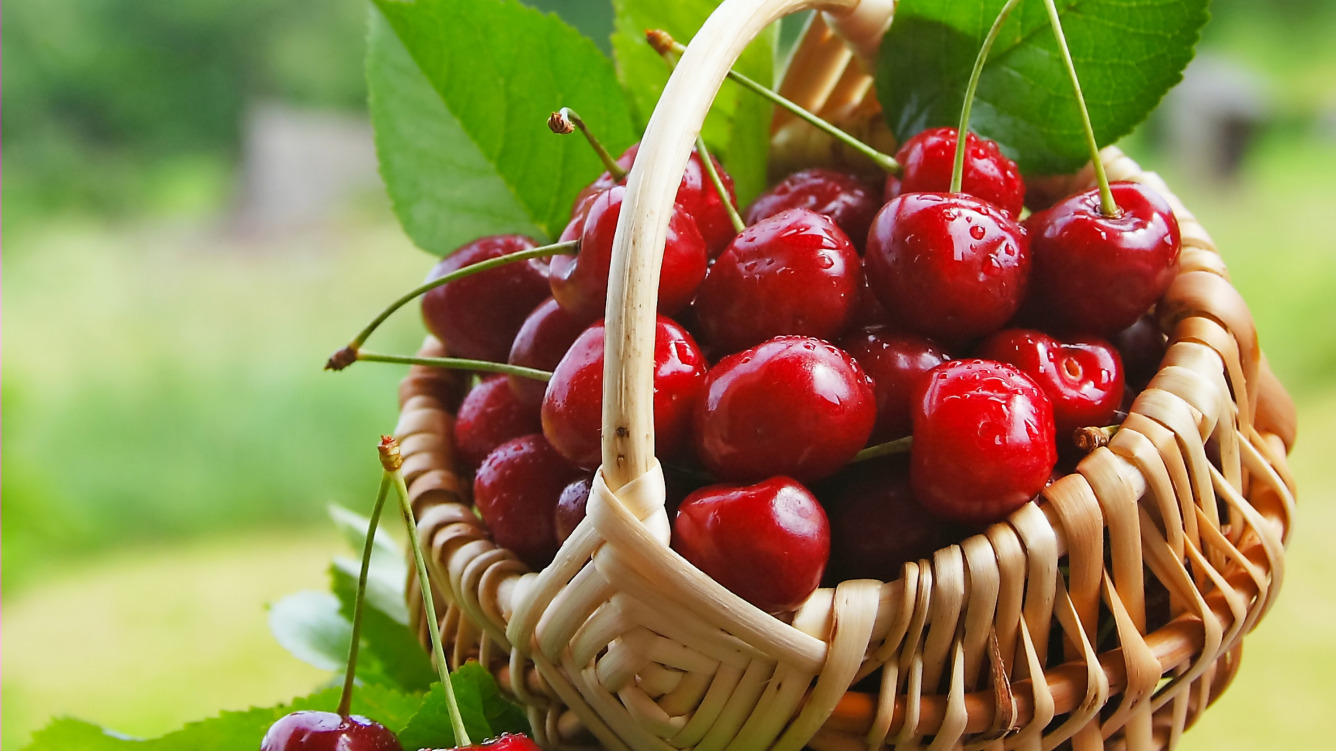Content:
Pear Marble is a variety obtained in 1938 from crossing the varieties Bere Zimnyaya Michurina and Lesnaya Krasavitsa by the breeders of the Rossoshansk zonal fruit and berry station in the Voronezh region. In 1965 the variety was included in the Russian State Register of Breeding Achievements. The marble pear is considered the tastiest of all the species that grow in our latitudes.
Description of the variety
This is a variety approved for cultivation in the Central (Bryansk region), Central Chernozem (Belgorod, Voronezh, Kursk regions), Nizhnevolzhsky (Volgograd region) regions.
Let us analyze the pear grade Marble, its full characteristics. The tree is medium-sized, the height is from 3.5 to 4 m, the crown is medium-dense, pyramidal in shape.
The leaves are large, the surface is not pubescent, smooth, glossy. The shape of the leaves is oval, with small notches at the edges.
Pear flowers are numerous, small, up to 3 cm in diameter, white in color, turning into pink as it blooms. Early flowering. The pear needs a pollinator. Pollinators are other varieties of pears that bloom at the same time, for example, Orlovskaya, Severyanka, Moskvichka. The shoot-forming ability of the tree is low.
Fruits are medium in size, weighing 120-160 g. Pears have a characteristic conical shape. The color of the skin is green-yellow with a brown-red integumentary blur similar to marble, due to which the name of the variety originated. Subcutaneous rusty spots are visible throughout the fetus. The peduncle is of medium length, thick, curved. The pulp is white or cream-colored, tender, juicy, melting, coarse-grained. The fruits have a high tasting score - 4.8 points out of 5.
Ripening period - late summer-early autumn.
Average winter hardiness - up to -25 ° С. In colder temperatures, shelter is required, especially in the trunk circle, protecting the root system with mulch. The part of the trunk, free of branches, is tied with covering materials.
Purpose - dessert variety.
The yield is high.
The beginning of fruiting after planting a seedling occurs at 6-7 years.
The variety is moderately resistant to scab; treatments should be done, for example, with copper sulfate. With a large lesion, they are treated with industrial fungicides up to several times per season, but no later than 3 weeks before harvesting.
Thanks to the thick skin, the fruits tolerate transportation well and are stored in a cool place.
Agrotechnics
Pear is the most demanding culture for lighting. A place for growing pear trees should be chosen not only warm, protected from cold winds, but also sunny, spacious. Only with sufficient sunshine do the best varietal characteristics of the crop and its high yield appear. If the growing place is shaded, the tree will begin to stretch to the detriment of the strength of the crown, and the fruits will form only at the tops. When light comes from only one side, the crown will mix. Incorrect development of the crown, its asymmetry will lead to branch breakage, poor fruiting, and sometimes the death of the tree.
The most important illumination for photosynthesis and the formation of fruit buds is morning, which comes from the east or south-east side. In a row, trees are recommended to be located from north to south so that their crown receives uniform illumination from all sides.The distance between individual pear trees is kept 4-5 m, from tall trees a pear is planted at a distance of 6 m.
One of the best places to plant pears and apple trees is on the slopes, but not in low wetlands. Soils suitable for cultivation must be fertile, the pear is demanding for watering.
With a lack of moisture, especially at a young age, few fruit-bearing buds are formed on the trees, a strong shedding of color is possible. Dry air also lowers yields and impairs the palatability of the fruit. Water the pear preferably with warm water, for example, heated in the sun during the day, or arrange irrigation systems.
A high-yielding Marble Pear variety may require the construction of supports to prevent branch breakage.
Planting a pear seedling
The root system of the pear has a weak ability to regenerate. A two-year-old pear seedling has overgrown roots; it can be difficult to dig them out without damage. To less injure the roots, it is recommended to choose a one-year seedling for planting. A one-year-old seedling is about 120 cm long, without branches, but it may have several additional shoots. When choosing planting material, you should pay attention to the vaccination site, which should be visible. The roots of a quality specimen should be moist, but not sticky, have one main root and several additional ones, about 40 cm long.
Saplings for sale in nurseries are dug up in the fall, then it is better to purchase and plant them. A spring planting of a seedling is also possible, which overwintered in a cool place or was dug in the garden in a horizontal position. It should be borne in mind that a transplant to a permanent place should be done in early spring, before the juice begins to move, buds open.
During the initial planting of pears, fertilizers can be applied to the planting pit, but covering them with a layer of soil so that the roots do not come into direct contact with the fertilizer. Fertilizers can burn the root system and completely destroy the tree, so it is preferable to apply them to the soil before planting, preferably in the previous season.
A large planting hole is made for the pear, 80x80x80 cm in size. The vaccination site should be 10 cm above the ground, and the grafted sprout should look north. When digging a hole, the fertile layer is thrown to one side, and later the planting is covered with it. A peg is stuck into the pit, to which the seedling will be tied to before rooting. At the bottom of the planting pit, an earthen embankment is built and a seedling is placed on it, covered with fertile soil, slightly shaking the tree several times in order to fill the space between the roots with earth, the earth around is tamped. An earthen roller is made around the planting for irrigation. After planting, 2 buckets of water are poured into the formed trunk circle. The seedling is tied to a peg with a fabric ribbon, carefully so as not to injure the bark.
Caring for a pear is similar to caring for an apple tree. At the beginning of the season, as soon as the snow has melted, fertilizing is carried out with nitrogen-containing fertilizers, such as urea or ammonium nitrate. The second top dressing is applied, focusing on the state of the pear, if required, reapply the nitrogen or complex composition. Phosphorus-potassium fertilizers are used in the fall. Fertilizers are applied along the perimeter of crown growth. The tree is also responsive to spraying with mineral formulations. When using any dressings, it should be remembered that their excess can also negatively affect the ripening of fruits.
For the best fruiting, the pear requires pruning of dry branches, shortening by a quarter of the shoots. After the first pruning, the central trunk should be 40 cm higher than the adjacent branches. The sections must be processed by painting them with paint or garden varnish.
It is recommended to mulch the area around the trunk circle with humus, mown grass.
Advantages and disadvantages of the variety
In the description of the marble pear, its advantages are indicated, such as:
- great fruit taste;
- high productivity;
- good quality of transportation and storage.
Disadvantages of the variety:
- not very scab resistant;
- pollination is required using a different variety of fruit trees or pear varieties;
- early flowering, with recurrent frosts, the flowers die, and fruiting does not occur;
- increased demand for watering.
The fruits of the Marble Pear are so tasty that, despite some peculiarities of growth, it is recommended for cultivation. Juicy aromatic fruits are suitable not only for fresh consumption, but also for drying, preparation of compotes and jams.
